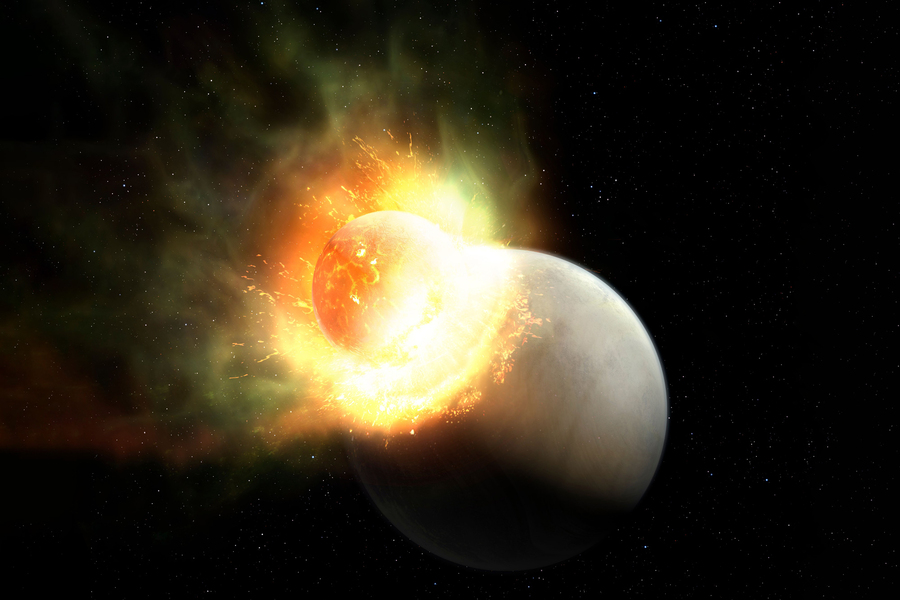
Credits:Image: Mark A. Garlick
Young planetary systems generally experience extreme growing pains, as infant bodies collide and fuse to form progressively larger planets. In our own solar system, the Earth and moon are thought to be products of this type of giant impact. Astronomers surmise that such smashups should be commonplace in early systems, but they have been difficult to observe around other stars.
Now astronomers at MIT, the National University of Ireland at Galway, Cambridge University, and elsewhere have discovered evidence...
Read More








Recent Comments